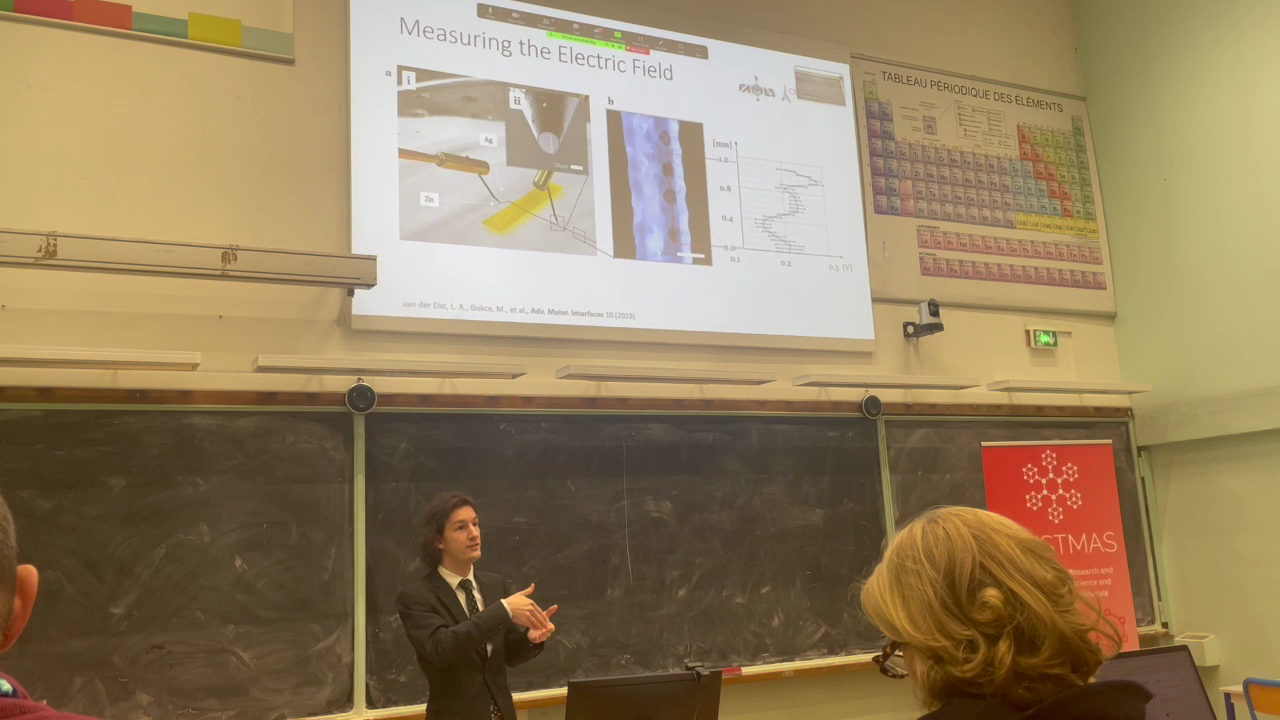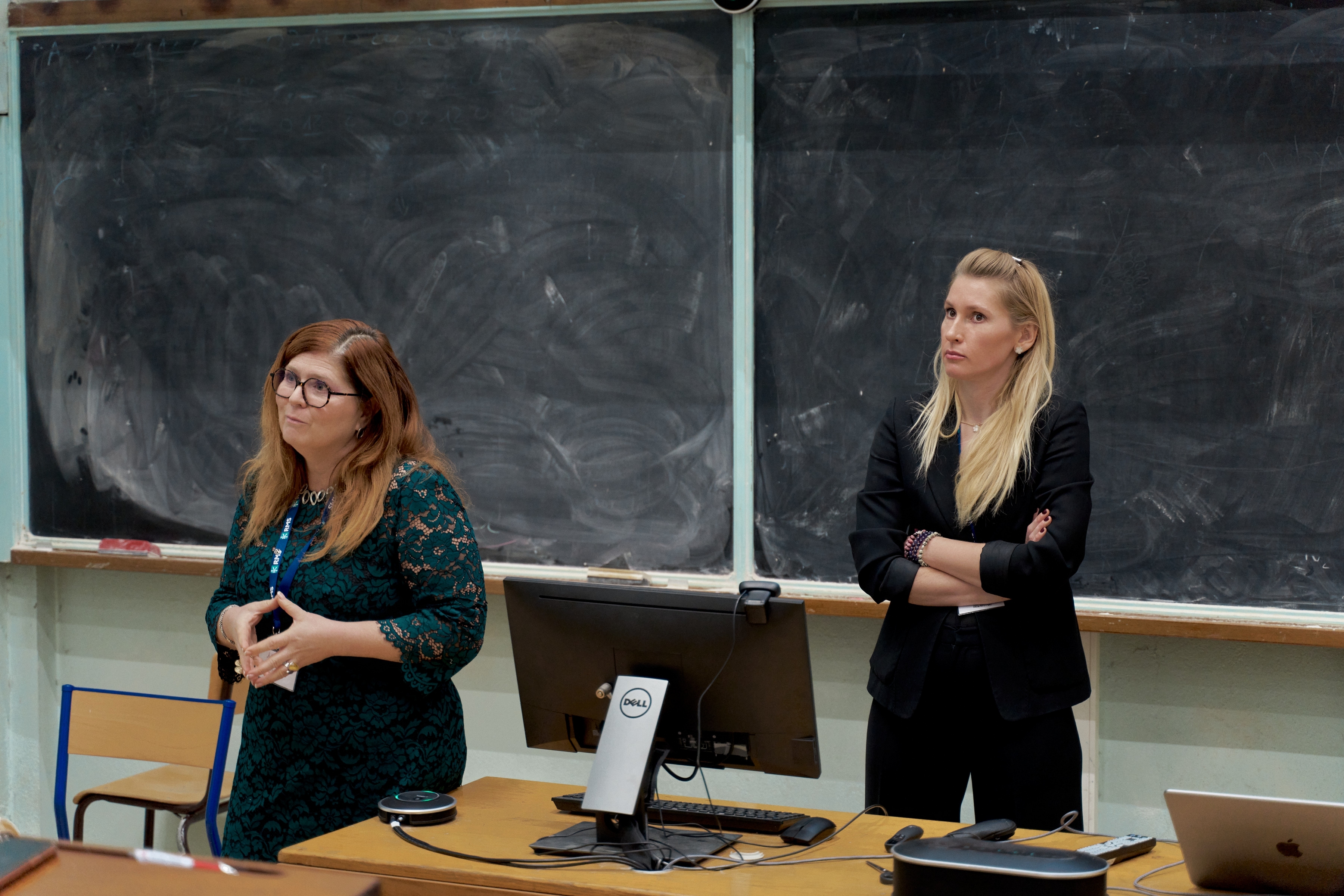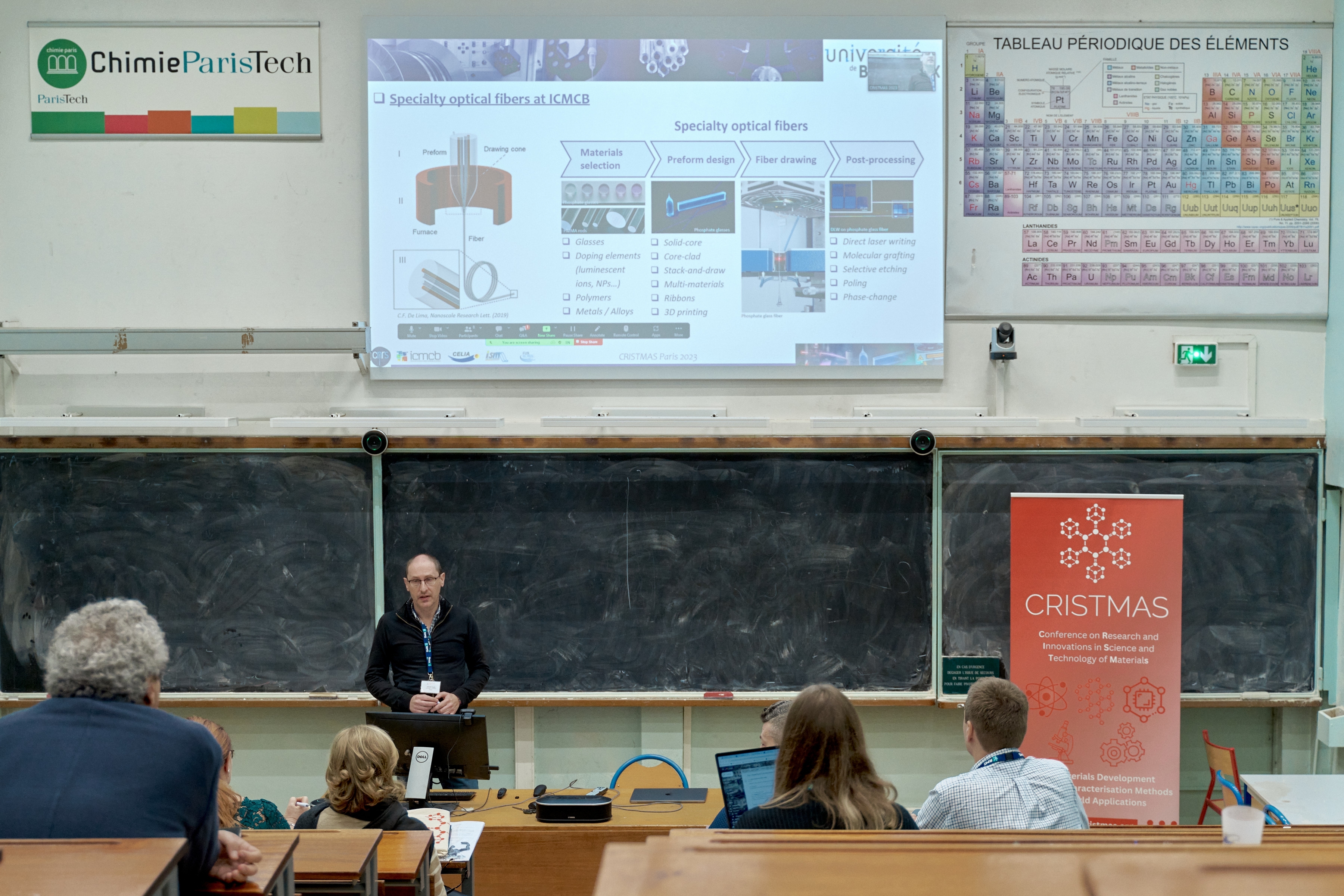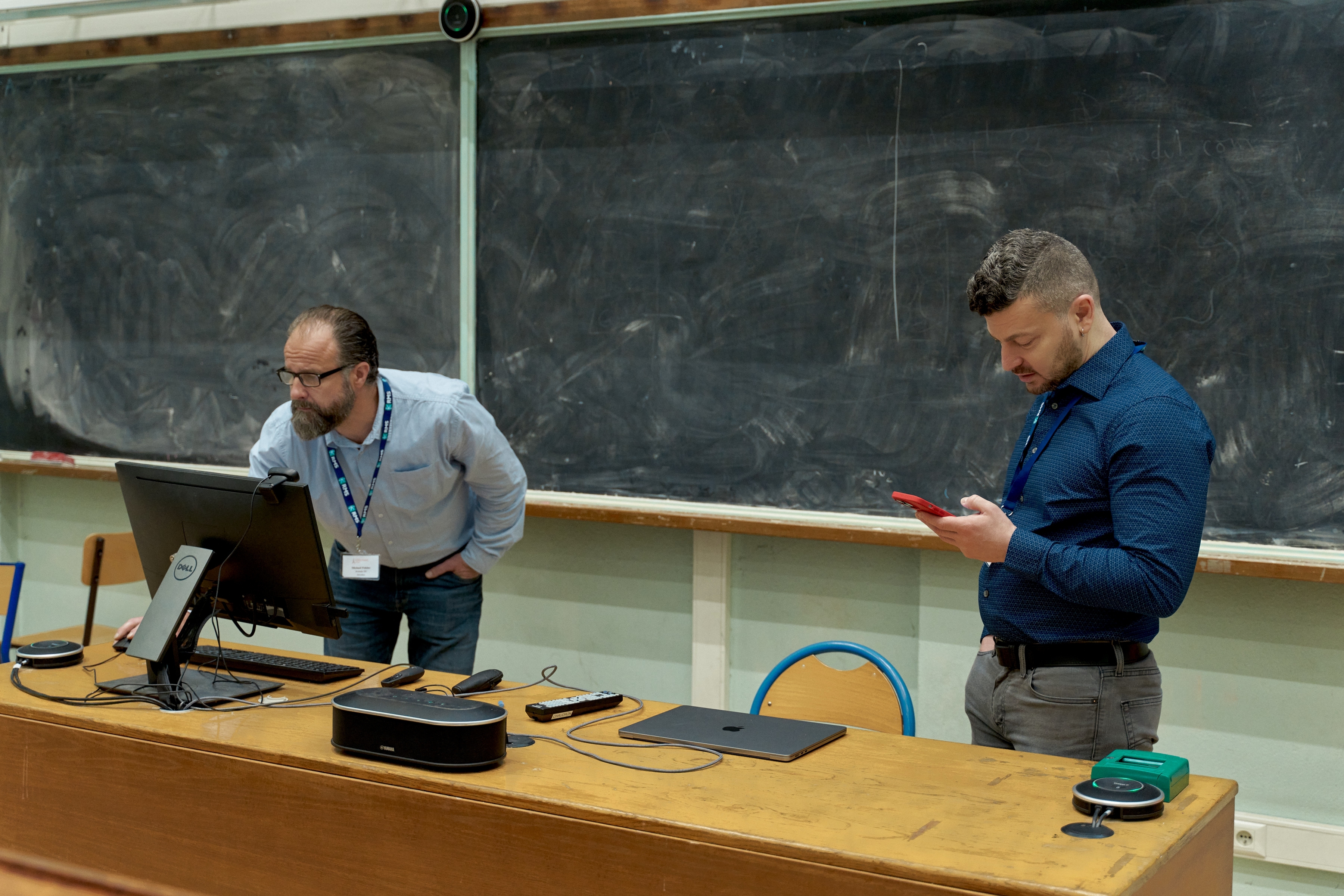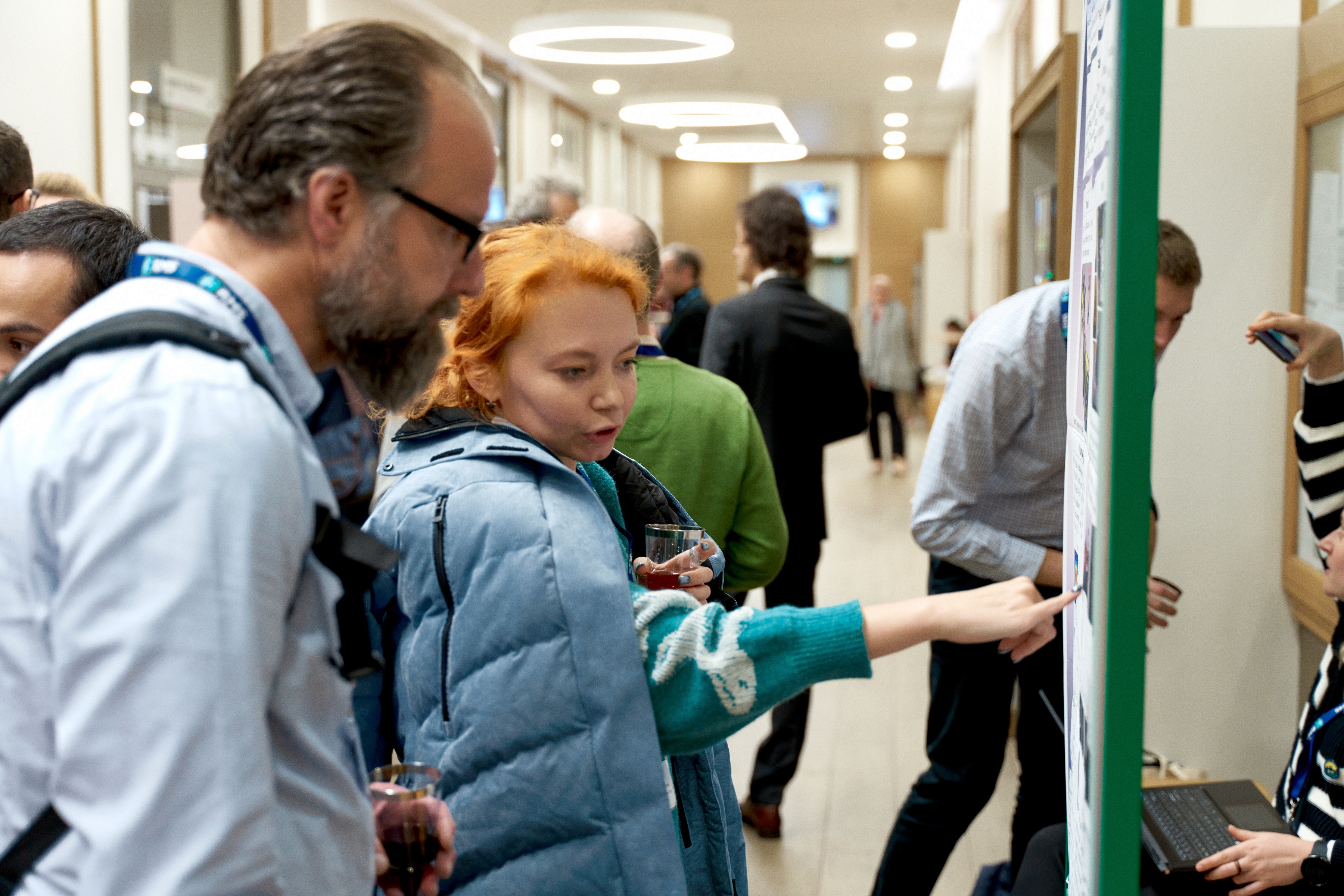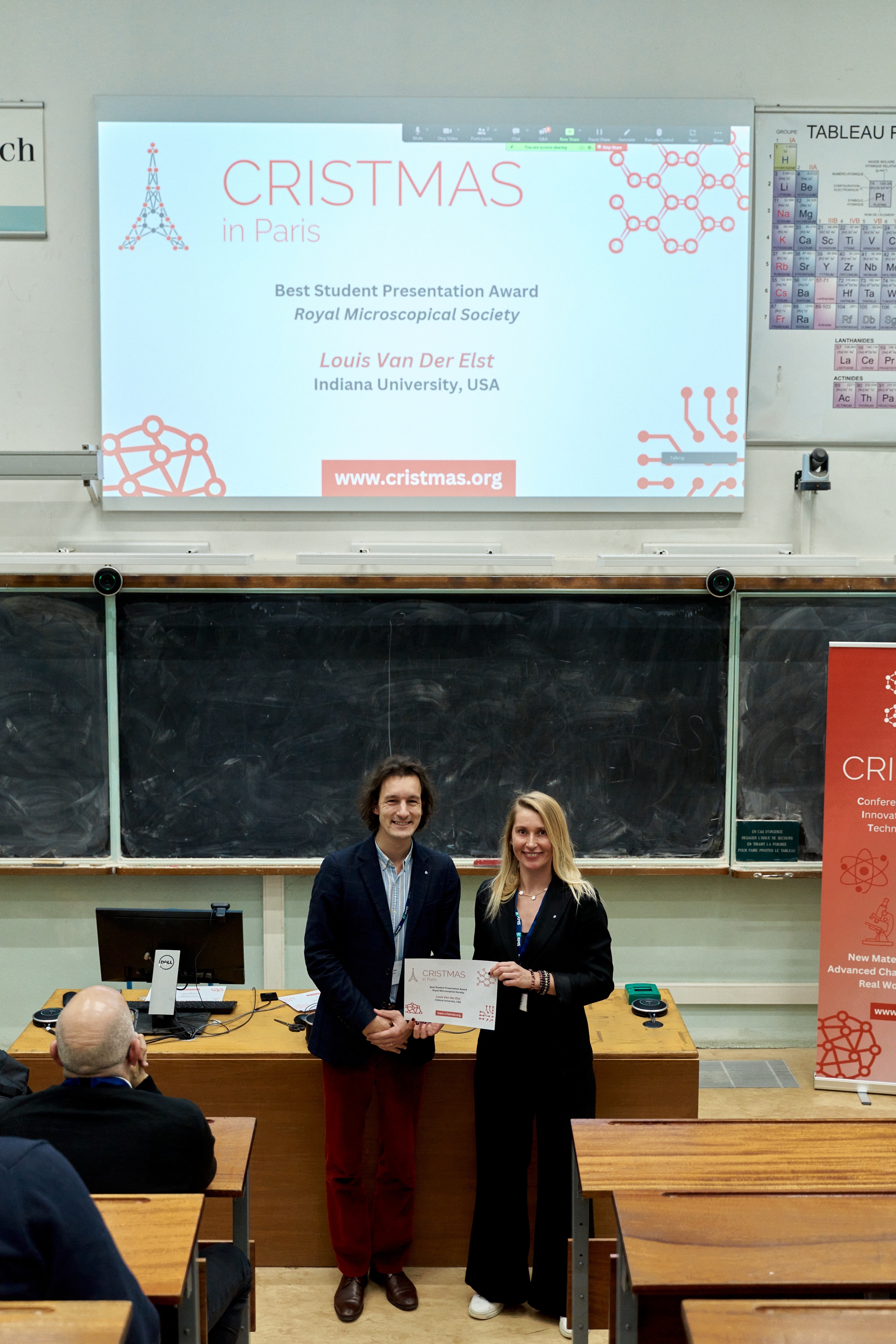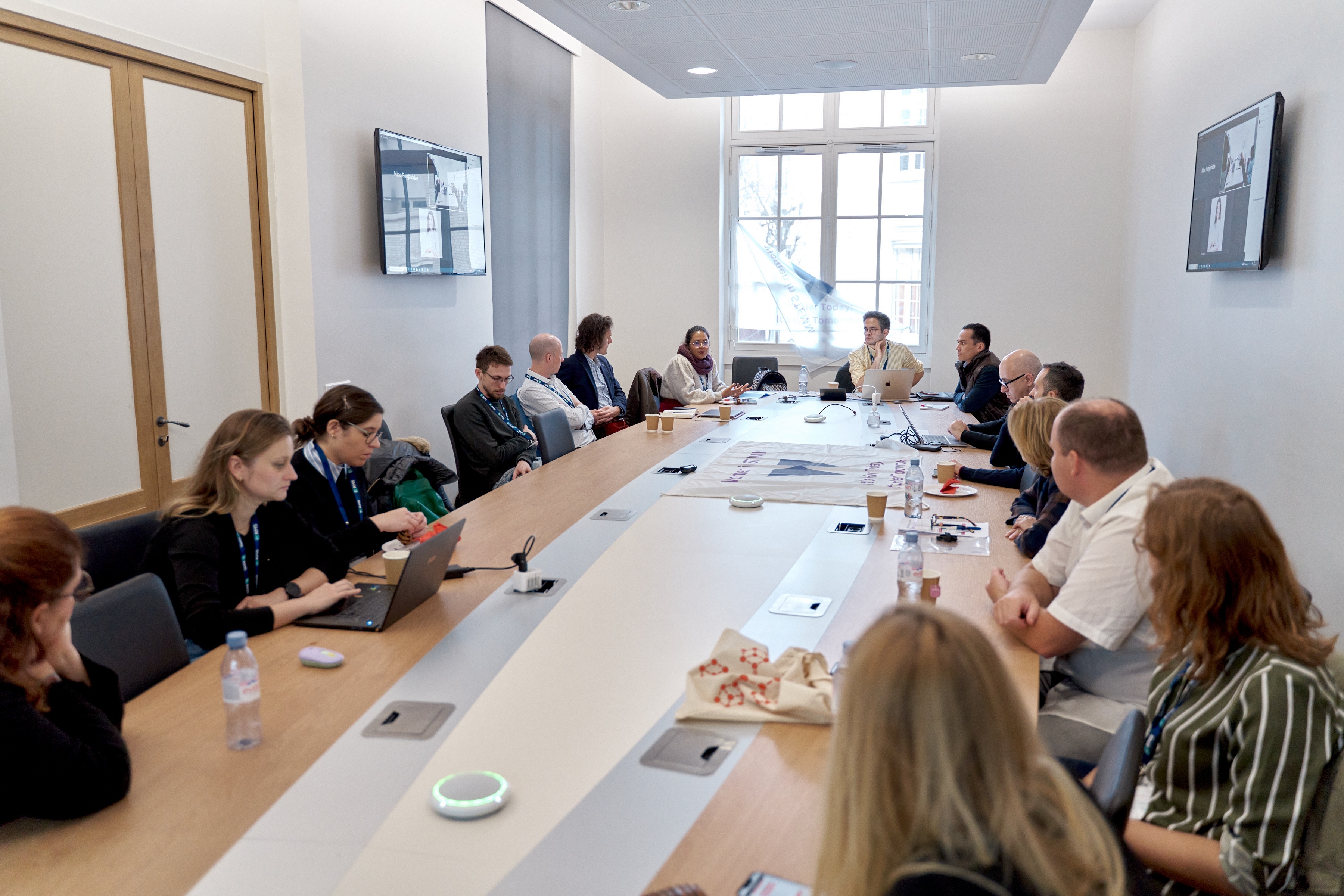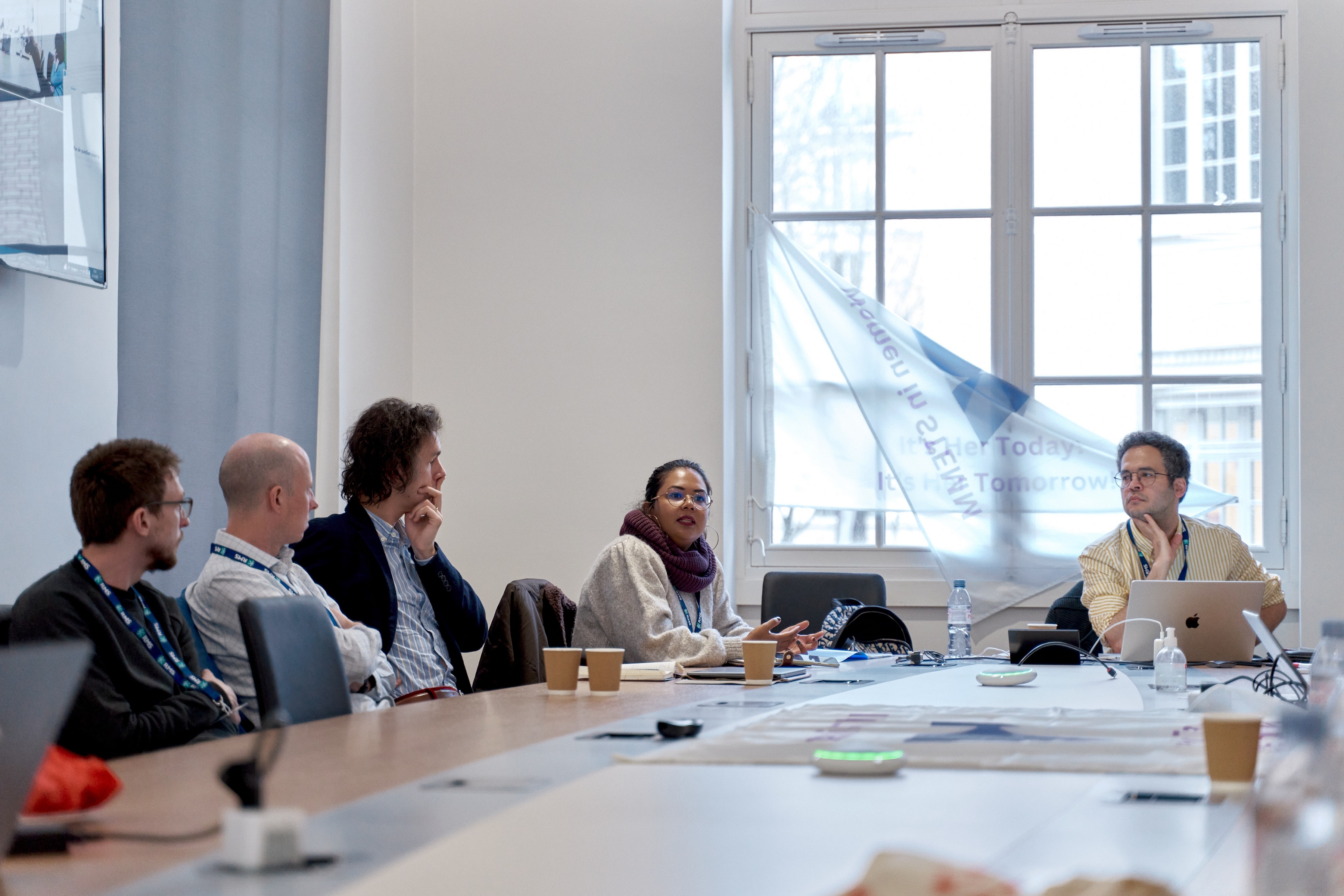At SNAIA CRISTMAS 2023, Louis van der Elst presented on the "Inhibition of Bacterial Proliferation in Deep Wounds with Electroceutical Fibers," a project conducted with Merve Gokce, Jeffery Coulter, and other members of the FAMES Lab. This presentation was awarded the "Best Student Presentation" by the Royal Microscopical Society. Antibiotic-resistant infections, caused by bacterial pathogens pose a severe public health threat, hindering wound healing and causing significant health issues globally [1]. To address this challenge, we introduced a biomedical fiber device designed to act as a drug-free antiseptic solution [2].
Specific pathogenic organism types evolve to be increasingly resistant to antibiotic treatments to which they were previously susceptible. This is a consequence of natural selection and genetic mutation [3]. The phenotypical diversity of these infections and their resistance to conventional antibiotic treatments underscore the need for a universal, non-infection-specific solution to prevent wound infections. Electroceutical treatments (ECT), involving the application of a weak electric field to wounds, have shown promise in inhibiting bacterial proliferation. In conjunction with the body's natural immune response, ECT effectively hinders biofilm development [4].
Our Multimaterial fiber [5] incorporates established electroceutical principles [6] to regulate cellular behavior. These fibers can effectively inhibit bacterial growth and influence cell proliferation and differentiation, making them invaluable tools for tissue engineering and wound healing. The mechanism behind the fiber's bacterial growth inhibition is rooted in the galvanic effect, which disrupts bacterial quorum sensing. In this study, we present the optimization of fiber design, the implementation of a scalable fabrication process, the assessment of its electrical functionality, and the validation of its antiseptic capabilities against common wound pathogens in laboratory cultures. We evaluated the impact of our electroceutical fiber device in vitro, using three opportunistic pathogens, including both gram-positive and gram-negative types. These pathogens belong to the top five bacterial families identified by the World Health Organization as requiring urgent attention for the development of new antibiotics [7].
This fiber demonstrates remarkable mechanical and environmental resilience, remaining unaffected by harsh storage conditions and boasting a virtually infinite shelf-life, thanks to its machining-based production rather than traditional pharmaceutical synthesis. It can be applied through stitching, piercing, or as a topical treatment for wounds. It is a cost-effective and readily available alternative to current antibiotic treatments for physical injuries, that mitigates the risks associated with inflammation and prevents infections. This work has been published in Advanced Materials Interfaces and the technology's patent is pending.
References
[1] P. Jørgensen, D. Wernli, S. P. Carroll, R. R. Dunn, S. Harbarth, S. A. Levin, A. D. So, M. Schlüter & R. Laxminarayan. Nature 537 (2016)
[2] L. A. van der Elst, M. Gokce, M., J. R. Coulter, Z. B. Cavdar, V. Narayana Koraganji, M. Ozturk, S. Ghatak, C. K. Sen, A. Gumennik. Adv. Mat. Interfaces 10 (2023) 3
[3] W. Ziebuhr, K. Ohlsen, H. Karch, T. Korhonen, J. Hacker. CMLS, Cell. Mol. Life Sci. 56, 719–728 (1999)
[4] K. Famm, B. Litt, K. J. Tracey, E. S. Boyden, M. Slaoui. Nature 496 (2013)
[5] L. A. van der Elst, C. Faccini de Lima, M. Gokce, V. Narayana Koraganji, M. Zheng, A. Gumennik. Adv. Fiber Mater. 32 (2021) 3
[6] J. Banerjee, P. Das Ghatak, S. Roy, S. Khanna, C. Hemann, B. Deng, A. Das, J. L. Zweier, D. Wozniak, C.K. Sen. PLoS One 10 (2015) e0119531
[7] C. Willyard. Nature 543 (2017) 15


